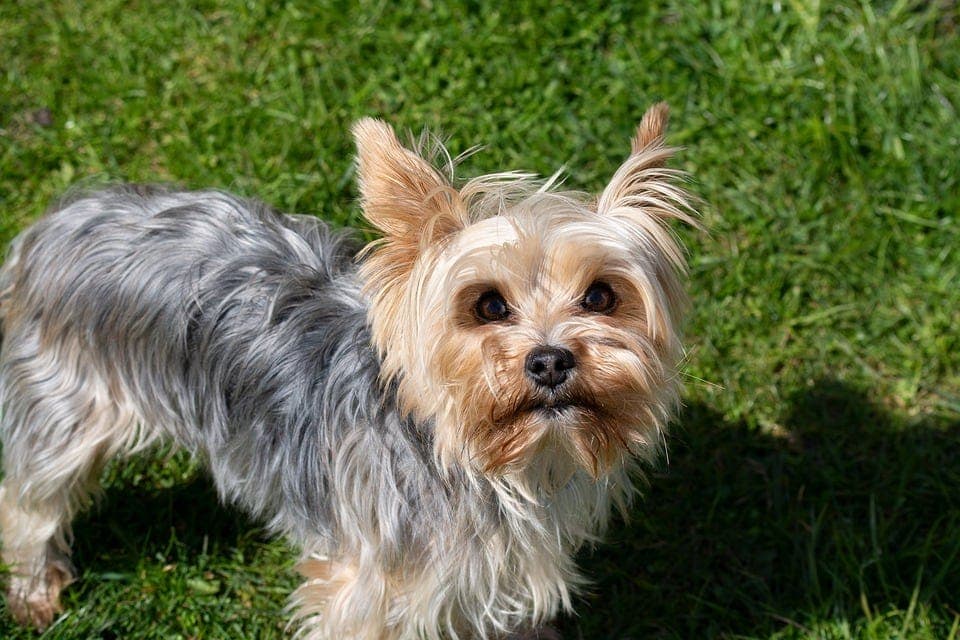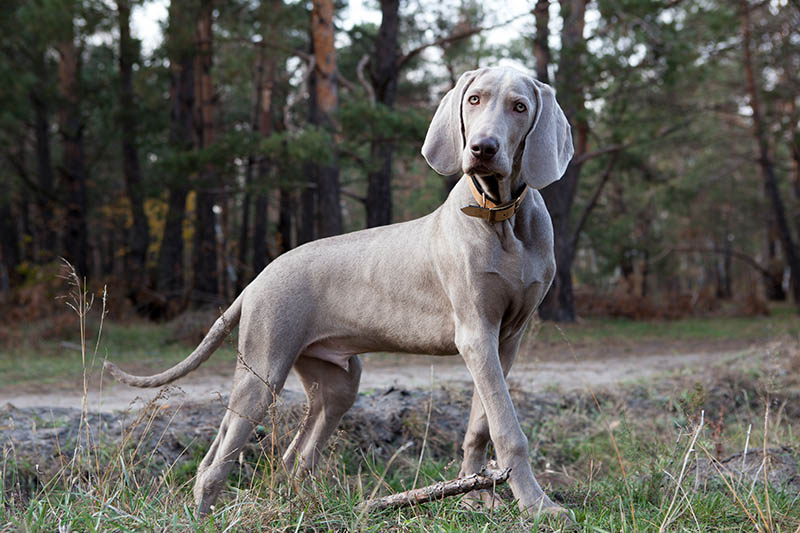How to Massage a Dog: 10 Expert Tips to Follow
By Brooke Bundy
Updated on
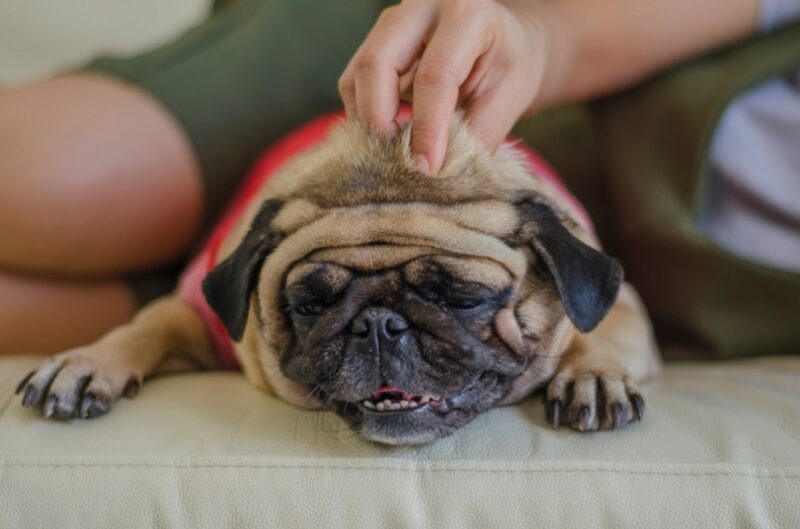
Massages aren’t just for spa day. While we recommend using massage techniques purely to pamper your pup, your dog may actually need a massage due to an injury, arthritis, or anxiety. A good massage can increase circulation, reduce muscle swelling, and calm your dog. All of these benefits are vital every day, but critical if your dog experiences problems with their physical or mental health. Taking your dog to physical therapy for a simple massage can be pricey, so let’s talk more about techniques and tips you can try at home.
The 10 Tips for Giving Your Dog a Good Massage
1. Determine the Reason Before You Begin
Every massage involves putting light pressure on your dog’s muscles. The process relaxes the muscles, preventing or reducing muscle cramps and helping them feel calm. However, it’s important to establish the goals of your dog’s massage before you begin their session so that you can tailor massage techniques to their needs. For example, a warm-up massage before your dog goes on a run may need to target specific muscles that you wouldn’t necessarily go for if you’re simply soothing their nerves during a thunderstorm.
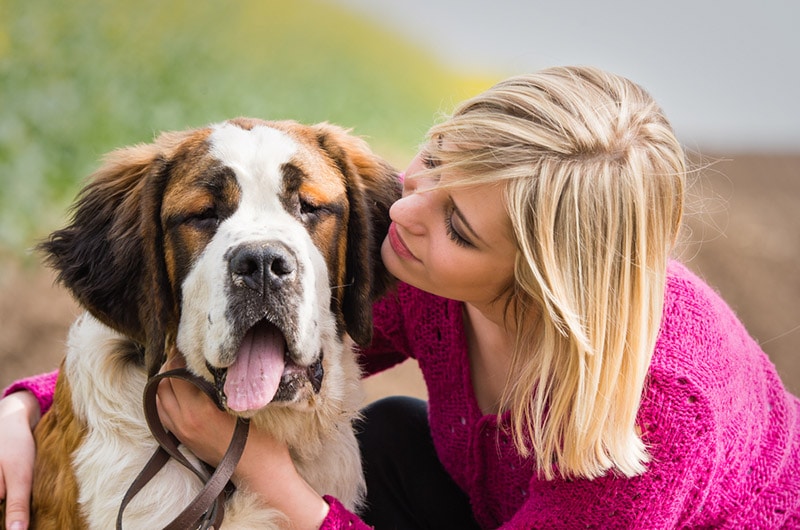
2. Create the Mood
You can give your dog a relaxing massage anywhere as long as it’s flat and comfortable. In other words, you can spread out a blanket on the floor, but don’t massage them on top of a pillow mound. Massaging your dog on an uneven surface can put their joints out of place, which is definitely not what you want. If your dog likes music, you might try to play a calming playlist.
3. Start Out by Petting Your Dog
Let your dog get acclimated by giving them all of the pets, scratches, and rubs they already enjoy. Once you sense they’re relaxed, you can proceed to the real massage.
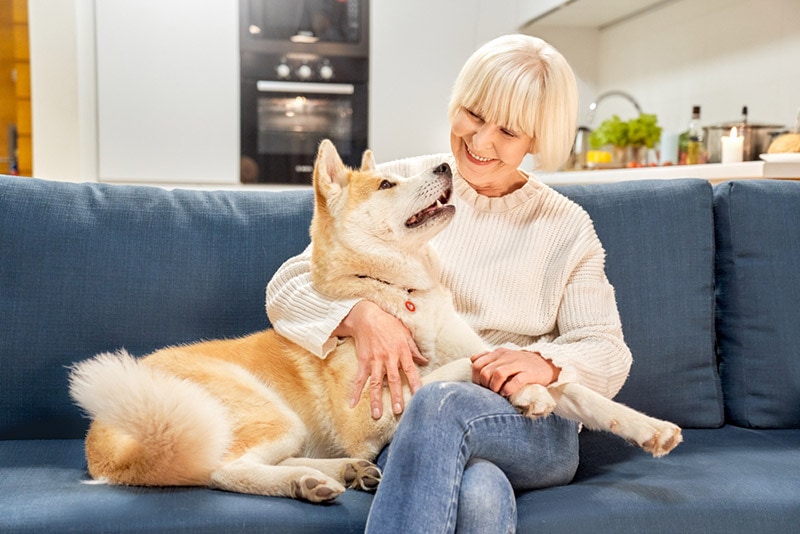
4. Graduate to Gently Rubbing Them With the Palm of Your Hand, from Head to Tail
Flattening your palm, apply gentle pressure in broad strokes from the base of your dog’s neck to their tail.
5. Respect Their Boundaries and Body Language
Some dogs will not like a massage. If your dog flinches, growls, snaps, or bites, back off. Go back to what you know they like or give them a break. If you are surprised by their reaction, you might want to monitor the spot that caused them pain to make sure they don’t have an injury. If you are giving them a massage to help a known medical reason, such as arthritis, talk to a vet about what you should do. Don’t ever force it.

6. Include Their Ears and the Base of Their Neck
Using your two thumbs, draw small circles along the base of their neck and behind their ears.
7. Be Careful With Their Tummy
Your dog’s torso houses a bunch of delicate organs. Only use light, circular motions with your fingers to massage your dog’s stomach. Take care not to poke them or apply too much pressure.

8. Don’t Press Straight Down on Bones or Joints
The aim of every massage should be to knead and relax the muscles. Leave the bones, joints, and organs alone as much as possible, and avoid applying direct pressure on those places.
9. Try a Tapotement Massage
A tapotement massage is when you gently drum your fingers where your pet needs to relax. For this technique, imagine you are playing the piano slowly and gently along your pet’s body. Side note: While some dogs find this method relaxing, others may feel annoyed or overstimulated. If this is the case, feel free to switch.
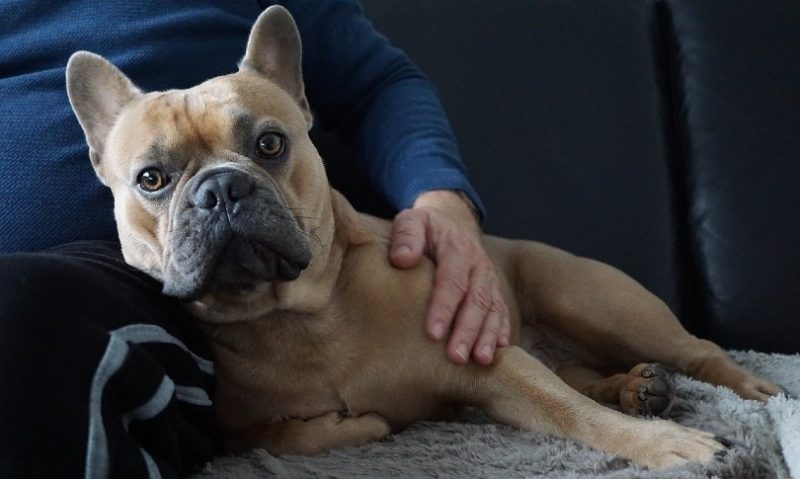
10. Include the Paws and Tail, If Allowed
Many dogs are scared of people handling their feet but may still enjoy paw massages. Start by gradually working your way down their leg. Hold their leg between your thumb and index finger and gently massage down to their paws. If they let you massage their paws in a like manner, be sure to work in between their paw pads.
 When You Should Leave It to the Professionals
When You Should Leave It to the Professionals
While you can certainly try simple techniques at home, you should take your dog to a certified animal massage therapist if they’re injured. Rehabilitation helps your dog heal faster and stronger than they would on their own. You should also leave more complicated maneuvers, such as deep tissue massages, to a professional therapist who’s thoroughly learned canine anatomy to reduce the risk of injuring your dog further. Your therapist will also likely recommend more tips and tricks tailored to your dog that you can try at home in between professional sessions.
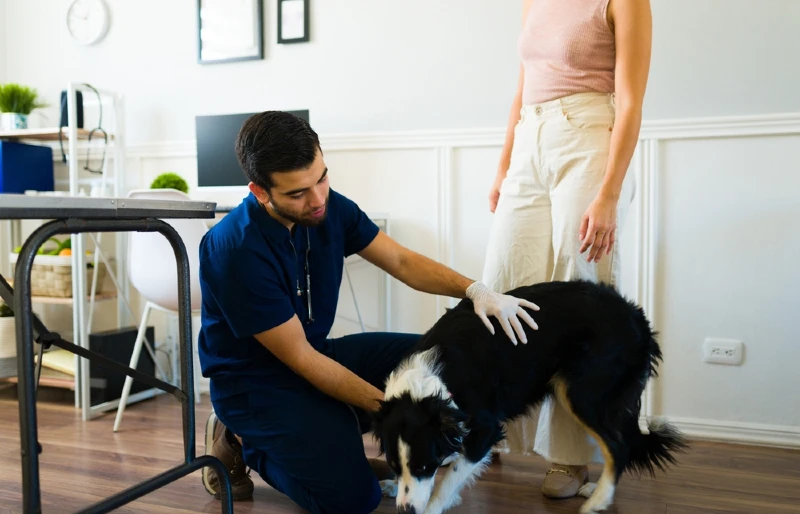
Conclusion
Whether your dog is injured or under a lot of stress, basic massage techniques can promote healing and help them feel their best. Always start slowly and listen to your dog’s body. Stop what you’re doing if they seem uncomfortable or in pain. If your dog is injured or not responding well to massage sessions, taking them to a certified massage therapist can give them what they need and help you learn different techniques that you can try at home for your dog’s specific situation.
Featured Image Credit: Chanita Chinnawong, Shutterstock



